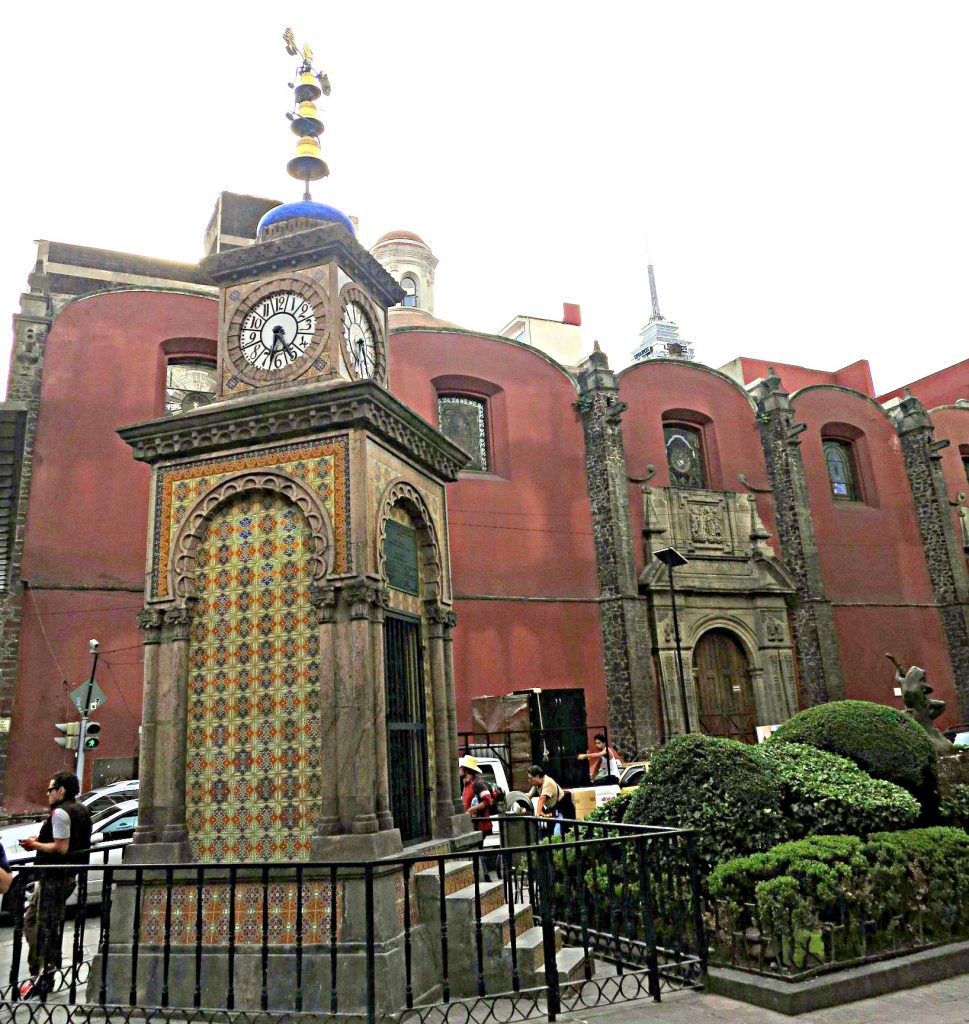
The Ottoman Clock (Reloj otomano) adorns a corner of the Calles Venustiano Carranza and Bolívar in the City Center. It’s one of the City’s most recognizable landmarks. It’s only fitting, then, that the plaza where it stands should have a long, dignified history of names, too.
In the mid-19th century, the Girl’s School installed a cistern intended to serve both the neighborhood and the old Colegio de Niñas itself. That’s today the Bankers’ Club across the street. The Plaza del Colegio de Niñas will sometimes still be heard.
The city then renovated the cistern plaza in 1870. Trees and a fountain sprang up. The Girls’ school closed in 1862 in the wake of the Religious Reforms. The city then renamed the square the Plaza 5 de mayo at that time, although that name never really caught on. Under the Porfirio Díaz administration, the city remodeled it again and renamed it the Plaza Victoria.
The sculpture of the frog playing a lute may date from as early as the late 19th century. It’s thought to be depicted in a 1909 photograph by Guillermo Kahlo whose photos illustrate so much of the late Porfiriato. But the sculpture’s origins are not clear. Suffice it to say, it’s a very popular monument. The sculpture thus honors musicians who play to the north, on 18 de septiembre, and who purchase their instruments here on Bolívar. The area’s shoe-shiners earlier had claimed the monument. And the area’s bankers kept its fountain littered with coin after stopping for their daily footwear buff. Plaza de la Ranita (i.e.; little frog) is another popular honorific for the square.
The most common name today, the Plaza del Reloj Otomano (Ottoman Clock Plaza), refers to the plaza’s more prominent monument. The Lebanese, Turkish, and Syrian communities of Mexico presented the clock to the Government of Mexico. By 1910, they had been immigrating to Mexico since 1892, although lesser numbers of immigrants had arrived over the course of the 19th century. An estimated 100,000 Arabic speakers called Mexico home when the clock was dedicated. Their contributions to Mexican society and culture include especially Tacos árabes. And pastor tacos remain a strong symbol of Mexico City.
The Turkish and Lebanese embassies restored the clock in 2010. That was the bicentenial of Mexican Independence and the centenial of the gift from the Ottomans. The weather vane above the three bells depicts the symbols of the three countries; the Mexican Coat of Arms, the Turkish Crescent and the Lebanese Cedar Tree.
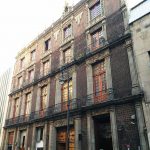
Nearest at 0.09 kms.
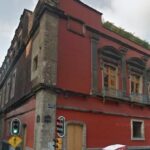
Nearest at 0.09 kms.
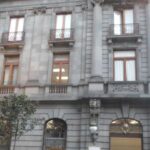
Nearest at 0.10 kms.

One of Avenida Madero's most famous corners . . .
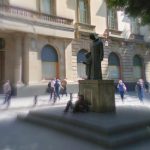
One of the unusually placid streets in the Historic Center . . .
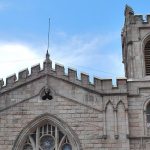
A historic Methodist church on the Avenida Balderas . . .
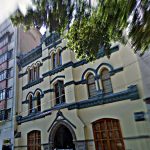
A historic Methodist church in the old grand cloister of San Francisco . . .